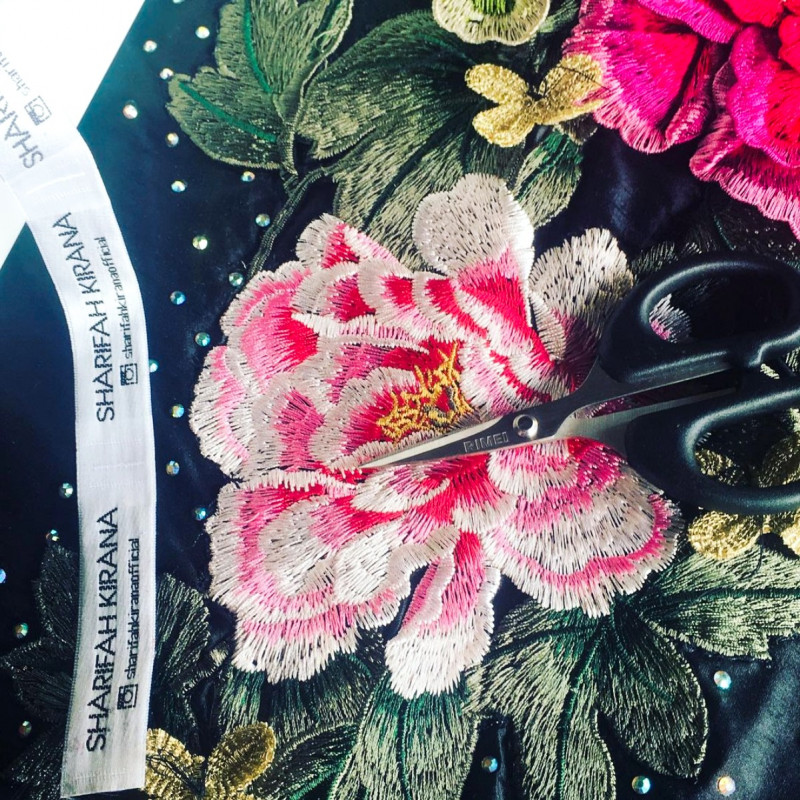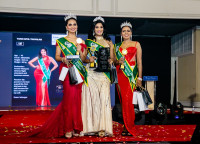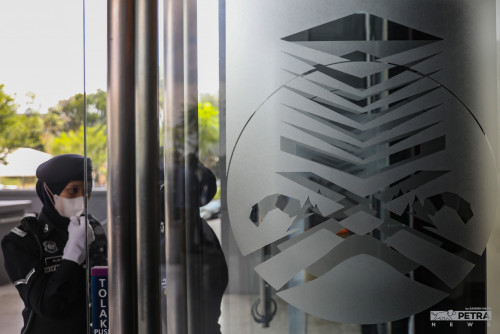“I prefer hardship to nullity”
– Sharifah Kirana
SHE is a woman of many characters, brilliant and of boundless imagination. Kirana walks into a room and everybody looks. When we met, she was dressed in a one-of-a-kind draped charcoal blue shawl-like design of her own, a Chanel brooch and bejewelled ring – Kirana mesmerises. She is one of the most influential designers in Malaysia, and has shown her work all over the world. But what makes her stand out amongst her peers? It is her sometimes pared down designs, yet alluring and exquisite – witty, and at times, flamboyant but always, always spellbinding.
When our drinks were served, she stared into her coffee cup, admiring the silk-like patterns of cream and remarked, “Look at this, it is so pretty, such a pity to stir.”
Kirana’s mother was a homemaker and devoted to her family, but she was also a gifted garmentmaker, and the girl of seven spent countless hours watching her mother sew. But she also learnt how to use a sewing machine, creating patterns, memorising different types of fabric, the feel of various textiles, viscosity and possibilities of how a particular piece of cloth could turn out as a garment. She was also obsessed with drawing, nothing was spared – she drew flowers, leaves, anything she could get her hands on, and this later led her to study Fahion and later, Fine Art.
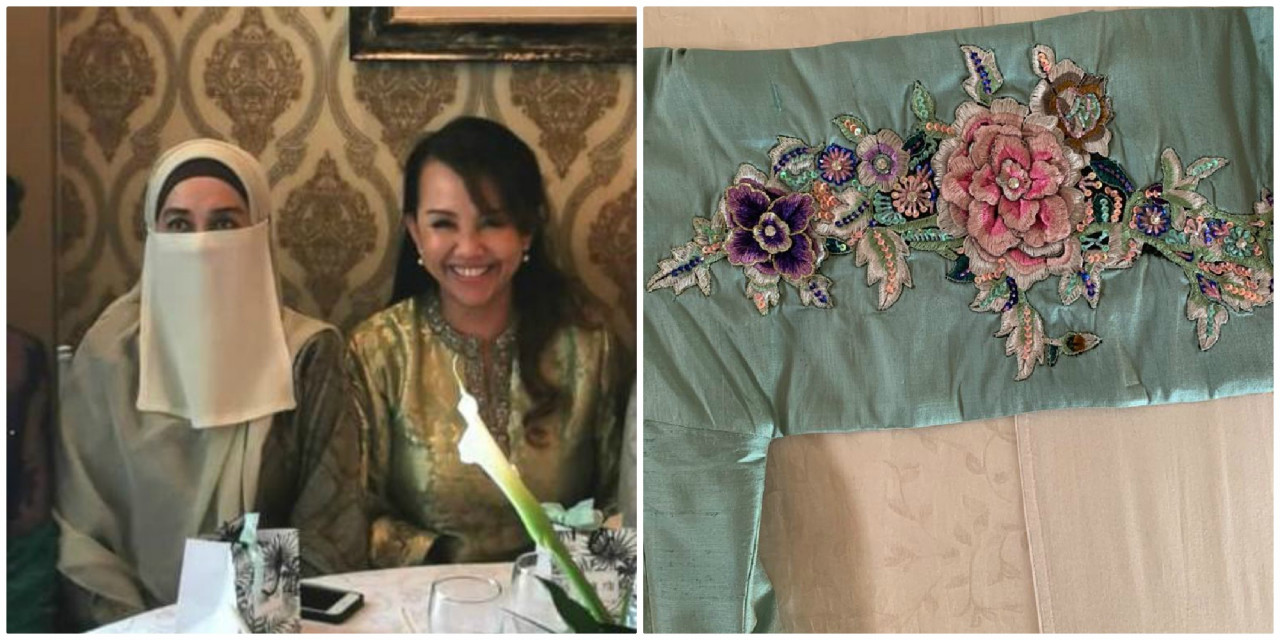
It is mundane to simply write ‘about’ fashion, but it is far more interesting to delve into the designer’s past, to comprehend a formidable designer who was a key role in the formation of Malaysian fashion, in terms of clothing, culture, tradition and history.
Art is in her veins. Her grandmother on her father’s side made clothes for the affluent, her great great grandfather was a musician, her father played the clarinet like a dream, was an accomplished photographer and poet, her brother Imanzali, now retired, was a music composer, famed for the song ‘Permaidani’ which he collaborated with Yusri, originally sang by pop artist Aris Ariwatan in 1994 and also was covered by songbird Sharifah Aini with a slight keroncong nuance.
Bentangkanku permaidani
Dari baldu berwarna putih
Moga tak kuterasakan
Cubaan yang kugalas ini
Kepada-Mu titianku
Hijrahkanlah diri ini
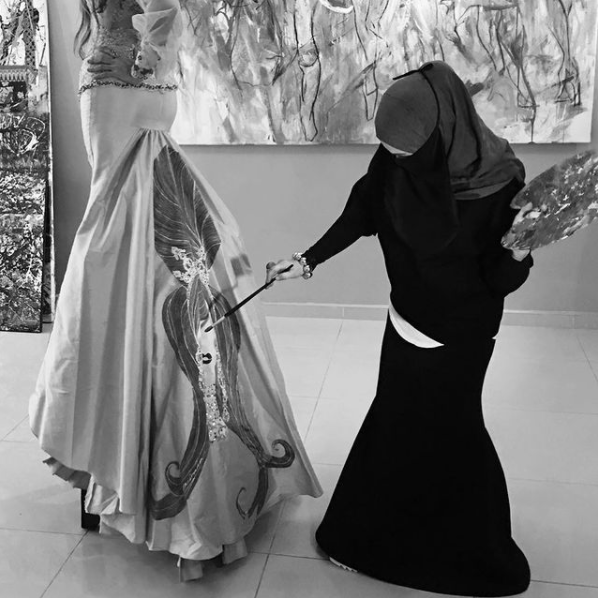
Kirana’s father famously said, “This girl has a gift, we should set up a sewing shop for her.”
He did not need to: Kirana already knew what her life was going to be about. Her journey was extraordinary and unconventional. Even as a budding designer, she was very much embedded into culture, local myths, and history. Kirana would, using traditional batik-making methods, draw women on her clothing. She imagined the beauty of Mahsuri, Tun Teja and Puteri Hang Li Po, she imprinted their images, she told their stories through her eyes. Her only regret was not archiving these splendours.
Kirana muses: “Talking about fashion, it is obviously a form of art. I prefer to put 'myself' into the designs; my take on our culture which is so decadently rich, intense and nonpareil. In every single one of my show, my Malaysian culture is the main theme. It shows who I am, a designer who is proud of her country and wants the whole world to take in. Apart from a few local designers. Most look to the West for inspiration. That is a travesty. Our culture is all about moral, decorum, decency, courtesy character, we are civilised. As a people, we are ‘halus’ (refined), and I place all that content into my designs.”
When asked about textiles, Kirana made an intriguing observation. In India, textile is easily recognisable across the country: each region has its own specialty. But here, we know as songket “belonging” to Terengganu, Tekat in Perak, Batik in Kelantan. But there is a surge of interest in the art of Tenun, (weaving) almost ferociously advocated by our current Permaisuri Agung from Pahang.
One of her latest endeavours is sculpture on designs. Local flower and leaf motifs are painstakingly sewn over and on top of each other, and results in a three-dimensional creation which looks and feels like an actual carving.
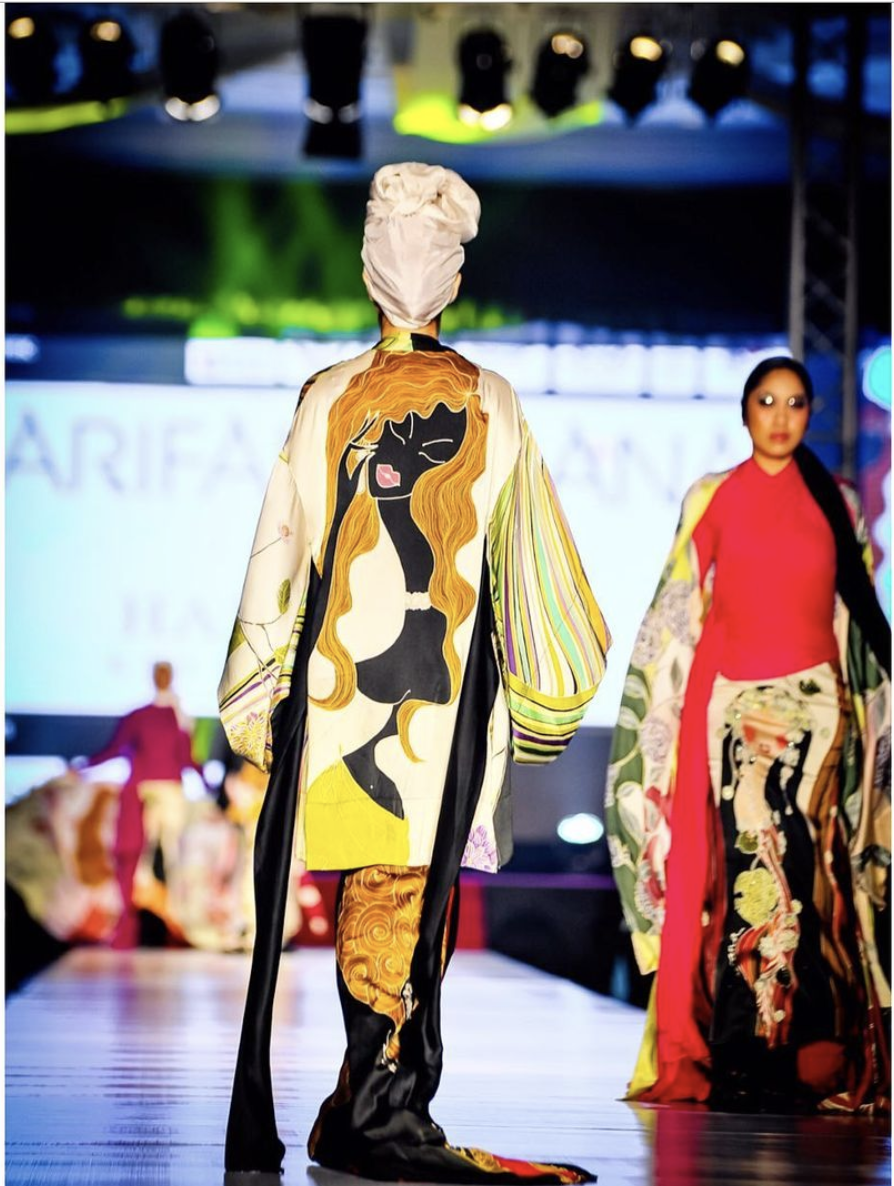
A long-time client of Kirana’s, Hajar Roslin explains, “I have always loved Sharifah Kirana’s designs, as they combine traditional fashion with a very current and creative twist, without taking away the time-honoured clothing itself. Her embroidery work is not only fine and beautiful, but always brings out the best in terms of design and fabrics used. I have been going to Sharifah Kirana since she opened her first boutique in KLCC, and for as long as this magician designs, I will be there.”
Kirana knows her textiles, it is an intimate and sensual relationship. Any one would feel like the garment was made especially for the wearer. It explodes with colour, she clearly fully understands the traditional art of creating and fettling; and her designs probes how her work connects to a lengthy trajectory of culture and social heartbeats. They are vivid tessellations, they are proudly ‘Ours’.
Some of her designs are risque, kaleidoscopic, prismatic - an unorthodox form of scagliola because her hues are integrated into fabrics to simulate flowers and the human form. Her aesthetic ideals however, remain strictly within the sphere of Malaysian culture – there is not a single hint at idealising or mythologising the Western world.
“Textile is texture, without it, all is imperfect. It is after all, weaving. When you feel and look at textiles, it is art. You must understand its soul. You could take a Dior gown’s fabric and turn it into something completely relevant to our heritage. For example, I would add the bunga lawang (star anise) and cengkih (cloves) into my designs, and of course I am “possessed” by colours, they are an integral part of my designs. They represent our climate.”
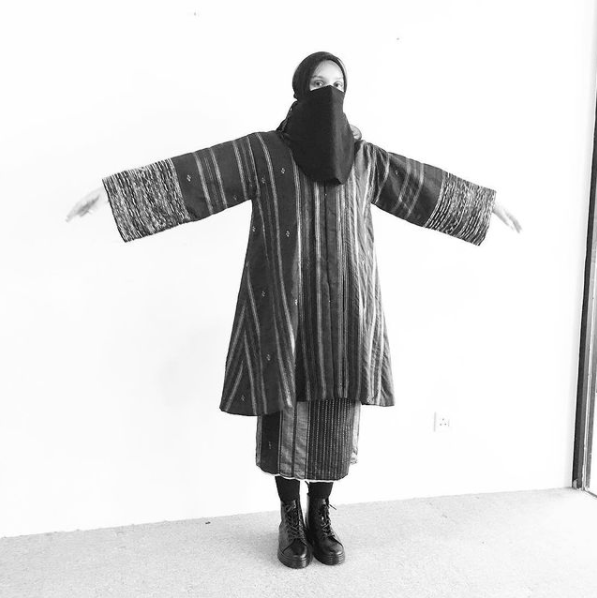
Her life long love affair with the kebaya and baju kurung is legendary. Kirana maintains the shape of these garments as she is at loathe to change what is already timeless. When asked how she “modifies” them without robbing their integrity, she says, “Jangan usik, hilang sesuatu bila itu dibuat” (do not tamper with it, something will be lost and cannot be retrieved). The intrinsic beauty of a kebaya and baju kurung must never be “raped”. Her grandmother used to embroider the baju kurung with handmade lace which she weaved directly unto hems and sleeves; just little but elegant additions. For Kirana, her embellishments do not take away the garment’s original beauty.
With the current pandemic causing the world to “crumble”, Kirana sees it as a time to become more focused – her “world” is calm. “I used to be paid a pittance when I started out, RM450 working as a fashion designer. While some of my peers were waiting for something better to come along, I did not wait. I learnt so much, and that experience shaped my future.”
At a visit to her atelier, it is like stepping into another realm; it is fashion heaven, the spine of her house. Racks of clothing dominate, her design area is piled with cutouts, there was every type of sample fabrics one could think of, pins, thread, half-sewn clothes, measuring tape – and there it was, pride was present in every square inch of the expansive room.
After graduating, she began creating bizarre "unwearable” designs; they were wildly flamboyant with wings, excessive layers and things which should belong in Alexander McQueen’s closet. They were not intended for sale, but to show a designer’s skill by creating the most absurd garment they could think of. It draws in the Press, it sets tongues wagging, and it works. It is art for expressing vision and what a designer is capable of in terms later, creating pret-a-porter (ready to wear).
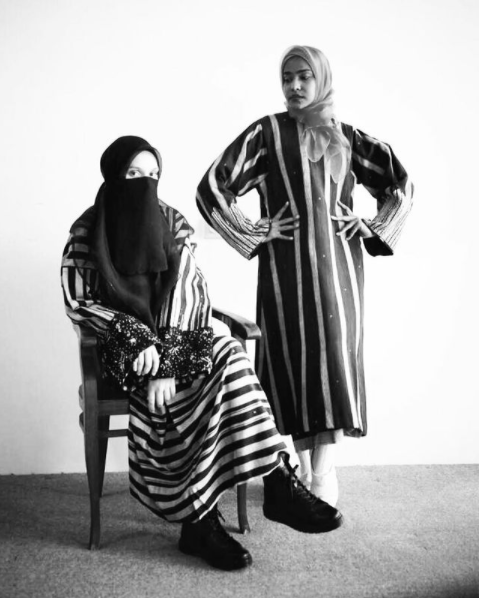
Kirana is also what she calls a ‘fashion crusader’, traversing the world to see what others are doing and why. Paris, Milan, London did not impress her much, but there was one ocassion, on a trip to a country she prefers not to mention but was determined to visit because of its rich culture – she was in a taxi when the lobby of her hotel was suddenly barraged with scores of military vehicles. Heavily armed soldiers poured into the vicinity. She looked at the taxi driver, who was a local, and he was terrified out of his wits. When a local does that you immediately think your time is up. As it turned out, a high-ranking official had a meeting at the premise, and the men were his bodyguards.
But that is Kirana, the wanderlust who never allows anything to stop her.
“When you do a show in another country, I noticed the appreciation and awe of our designs. They are truly fascinated by our culture and history. If you want people to value our fashion, you must do the work, research and come up with designs which tell about you and your country. It is not easy. The work must be first-class. I travelled all over India and was overwhelmed with their textile, a history which spanned forever, clothes woven for queens and kings. Even the average woman wears sarees, which are nothing short of exquisite.”
The question which haunted her was: “What am I going to show, and how do I do it?”
Kirana began showing her Mahsuri and Tun Teja collection. Her message: this is my culture, the legends that you would want to know – the lady who was condemned to death after being falsely accused of adultery; with her last breath, she cursed her island for seven generations. Here is Tun Teja Ratna Benggala, the only daughter Datok Bendahara Seri Amar Diraja from Pahang. In one version of the legend, she was coerced by Hang Nadim to be betrothed to Sultan Mahmud of Melaka despite being promised to the Sultan of Pahang. In another version in Hikayat Hang Tuah, she fell in love with the warrior and they planned to marry, but was shocked upon learning she was to be the consort of Sultan Mansur Syah of Melaka.
Kirana has won numerous awards for her work; the inaugural Tun Dr Siti Hasmah Woman of the Year Award by Women’s Institute of Management (WIM), Moda Bridal Award, Maxis Innovation Award, and so many more.
She became quiet for a bit, then softly said: “Harimau mati meninggalkan belang, gajah mati meninggalkan gading, manusia mati meninggalkan nama.”
These are most of the elements which are portrayed in Kirana’s designs. She continues to push boundaries while maintaining her cultural heritage. She sees the future by reflecting on the past, and does it with flawless dignity, humility and love for her country. – The Vibes, November 28, 2020



